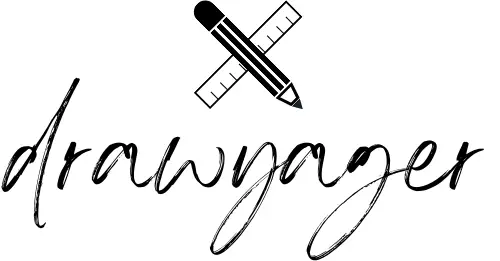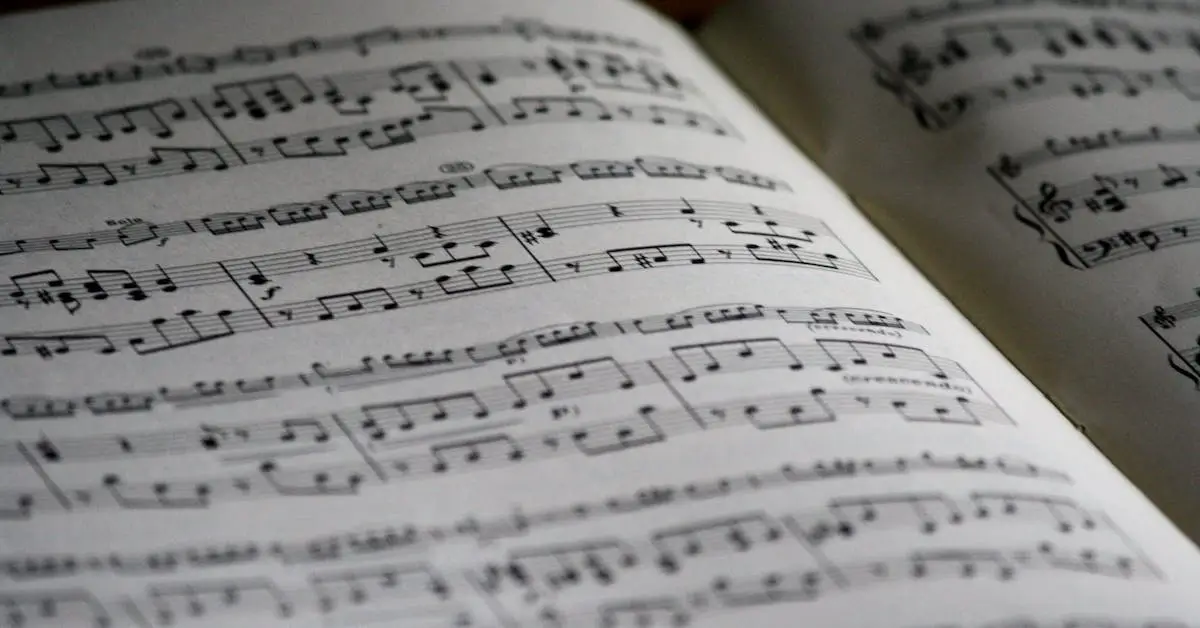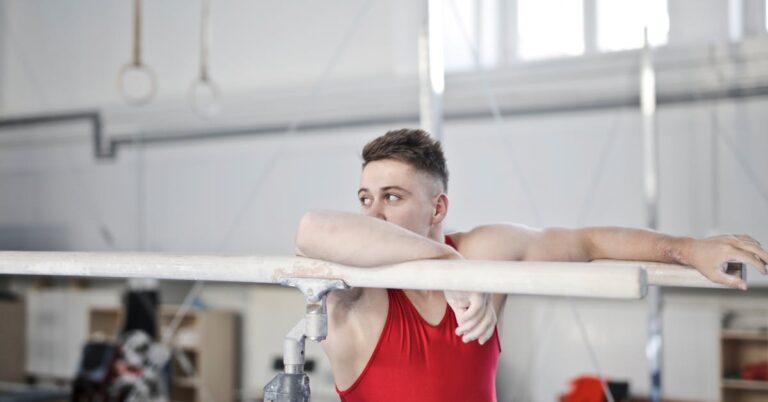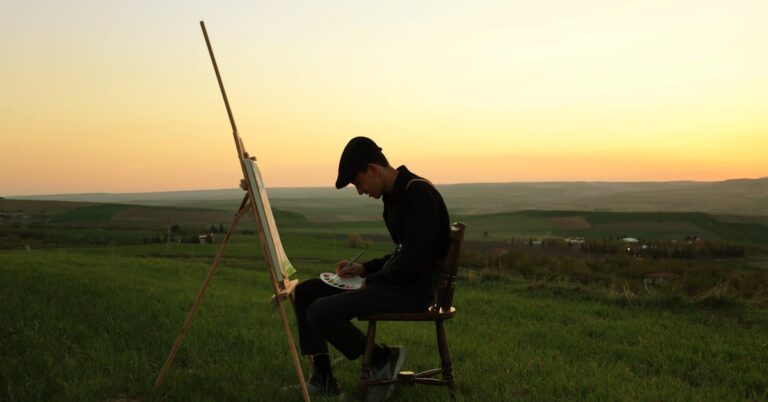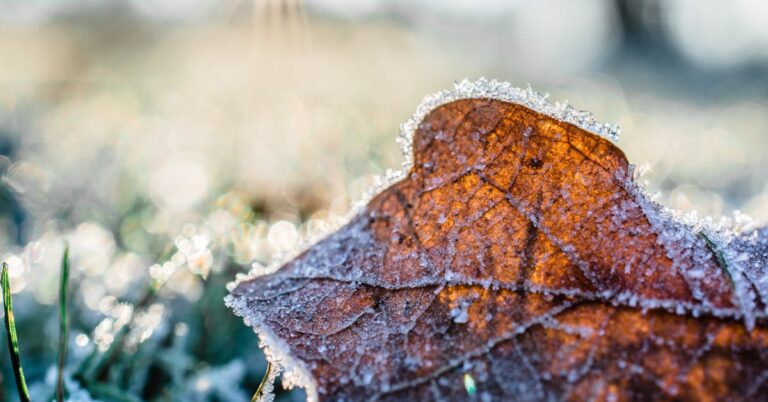Exploring the notion of combining music and drawing offers a fascinating view into the blend of two distinct and beautiful art forms. The concept of intertwining these specific expressive methods draws me to the idea of merging the sonic delight of music with the visual beauty of drawing. It’s like having access to the core components of creativity, where rhythms and melodies transform into stunning visual creations on canvas. This transcends the simple act of making art; it’s about allowing the music to steer your pencil or brush, leading to the creation of a new piece of art that has the potential to resonate profoundly with audiences.

I think that engaging with music as a muse for drawing can unlock a unique kind of inspiration and hide a lot of music drawing ideas. Whether I’m doodling to the beat of my favorite song or interpreting a classical piece through lines and colors, the experience is deeply personal and incredibly rewarding. For anyone looking to express their love for music, this approach to art offers a harmonious blend of senses, inviting the eye to hear and the ear to see.
The Basics of Music Drawing
When I think about music drawing ideas, it’s important to marry the precision of music notation with the creativity of visual art. This crossover requires a basic understanding of musical elements and the right tools to bring musical imagery to life on paper.
Understanding Music Notation
Music notation is essentially the language of music placed on paper. It includes various symbols that represent sounds and their pitch, duration, and timing. When I draw these symbols, it’s crucial to familiarize myself with the staff—the five parallel lines on which music is written. The staff helps me determine where to place different musical notes and symbols, including clefs like the treble clef and bass clef. These clefs indicate the pitch of the notes. For example, here’s how I would draw some common notes:
- Whole note: Draw an open circle that’s not filled in.
- Quarter note: Sketch a filled-in oval with a stem attached to it.
Representing notes of different lengths, these symbols form the basis for creating more complex music drawings.
Essential Drawing Tools
To start converting my music drawing ideas into actual sketches, I need the right tools. Here’s a brief list of what I typically use:
- Pencil: Good for sketching out faint lines that can be erased or revised.
- Pen: I find this tool perfect for finalizing the drawing with clear, defined lines.
- Marker: When I want to make certain elements of my drawing stand out, especially the bold lines of the staff or note stems, markers are my go-to.
Each tool plays a part in the process, from planning to delineation. Sometimes I even combine them, using a pencil to outline my creation and a pen or marker to emphasize the final details.
Instruments as Art Subjects
When I explore music drawing ideas, I’m immediately drawn to the beauty and variety of musical instruments. Each type of instrument carries its charm, and it can be depicted in countless ways to express different facets of music.
String Instruments
Whether an acoustic guitar with its gentle curves or an electric guitar asserting its edgy presence, guitar drawings are a staple for music-themed art. Each line can reflect the instrument’s soulful sound. Violins, with their sleek design and graceful structure, offer a classic touch that’s both elegant and intricate. The best part of it is, that most people have seen a guitar or Violin, so nearly everybody will recognize them in your music drawing ideas.

- Acoustic Guitar: Soft contours suitable for watercolors or fine pencil shading.
- Electric Guitars: Sharp angles and bold colors fit for dynamic compositions.
- Violins: Attention to detail for strings and f-holes allows for an intimate portrayal.
- Cello: Larger than a viola, played upright with a bow, producing rich, deep tones. You could use bold colors to imitate the sound.
- Double Bass: The largest and lowest-pitched string instrument in the orchestra, played upright. Maybe use of some darker colors, or in a more peaceful drawing.
- Mandolin: Small, eight-stringed instrument with a rounded body, commonly used in folk and bluegrass music. Here you should also pay attention to the strings and their rounded design.
- Banjo: A string instrument with a circular body and a distinctive twangy sound, often used in folk and country music.
- Harp: Large, multi-stringed instrument with a triangular frame, played by plucking strings with fingers. This is a very elegant instrument, you should use fine pencil strokes and a precise use of colors.
Percussion Instruments
Embarking on a drum drawing can be an exhilarating experience. Capturing the energy that emanates from percussion instruments means focusing on the shapes of the drum bodies and the potential motion of the drumsticks. If you learn how these instruments sound and are played, you can use them to transfer emotions or the mood of a picture. Also, most of these instruments are a little bit easier to draw than other instruments. So they can make a great start for your music drawing ideas.

- Drum Set: Includes bass drum, snare drum, tom-toms, hi-hat, cymbals, etc.
- Snare Drum: A versatile drum used in various musical genres.
- Bongo Drums: A pair of small drums, often used in Latin American music.
- Tambourine: A handheld drum with jingles, commonly used in many music styles.
- Maracas: Pair of rattles with handles, used in Latin music.
- Djembe: West African drum with a goblet shape, played with hands.
- Triangle: A steel triangle struck with a metal beater, often used in orchestras.
- Cowbell: Bell-shaped metal percussion instrument used in various musical genres.
- Wood Block: A small block of wood struck with a stick, producing a sharp sound.
Wind Instruments
The gleam of brass instruments like the saxophone and trumpet can be challenging but rewarding to capture. Their complex structures provide an excellent opportunity for practicing reflective surfaces and metallic shades. Or you could catch the complexity of an Oboe in your drawing. So these instruments hold broad variety and complexity for your music drawing ideas.

- Saxophone Drawing: Emphasize the curves and keys for a lifelike texture.
- Trumpets: Highlight the bell shape and tubing for a sculptural effect.
- Flute: A cylindrical tube with keys and holes that players blow across to produce sound.
- Clarinet: A single-reed instrument with a cylindrical bore, played by blowing through a mouthpiece and pressing keys
- Oboe: A double-reed instrument with a conical bore, producing a distinctive, nasal sound.
- Tuba: The largest and lowest-pitched brass instrument, with a wide, conical bore and a large bell.
- Euphonium: A small tuba-like instrument with a conical bore, often used in concert bands and brass bands.
- Didgeridoo: A long, tubular instrument originating from Indigenous Australian culture, played by vibrating the lips while blowing air into the instrument.
- Pan Flute: A collection of tubes of varying lengths bound together, played by blowing across the open ends of the tubes.
Key Instruments
The grandeur of a piano drawing can encapsulate a wide range of music drawing ideas. From its expansive keyboard to the polished surface of its case, every element invites attention. But a piano is not the only key instrument that you could use in your music drawing ideas.

- Piano: Illustrate the contrast between the black and white keys and the piano’s glossy finish.
- Clavichord: A historical keyboard instrument with strings that are struck by small metal blades, allowing players to control dynamics and expression.
- Pipe Organ: A large, complex keyboard instrument with multiple ranks of pipes, operated by keyboards called manuals and foot pedals.
- Hammond Organ: An electric organ popular in jazz, blues, and rock music, known for its distinctive sound produced by tonewheels and drawbars.
- Analog Synthesizer: A keyboard instrument that generates sound using analog electronic circuits, offering a wide range of timbres and modulation possibilities.
- Digital Synthesizer: A keyboard instrument that generates sound using digital signal processing techniques, often with advanced sound design capabilities.
- Accordion: A free-reed instrument with a keyboard and bellows, producing sound by air passing over reeds.
Incorporating these musical instruments into your artwork not only enhances your skill set but also brings the joy of music to your canvas. Each instrument, from the whisper of a flute to the robust strum of a ukulele, or the clear pitch of a clarinet, adds a new dimension to your creative symphony.
Capturing Music in Action
Exploring music drawing ideas, I’ve discovered unique ways to translate the dynamic energy of music onto paper. And you can discover your ways, too. We’ll start with the instruments themselves and then capture the essence of musicians as they play.

Playing Instruments
Drawing music notes becomes intriguing when associated with instruments. Here’s how I approach it:
- Choose an instrument to focus on, like a guitar or piano.
- Sketch the outline with light strokes, making room for details.
- Inside the instrument, place music notes to suggest a melody spilling out.
For easy music drawing ideas, just draw a microphone, with bold lines emanating from it to symbolize sound waves.
Musicians in Motion
Now, let’s talk about musicians in motion. It’s all about capturing their movement and the essence of the performance.
- Posture and form are key. I notice how a musician leans into their instrument or sways with the rhythm.
- The flow of the lines in my drawing echoes their movements, creating a sense of motion on the page.
- Sometimes they are also dancing or they are marching in a parade while playing their instruments.
- You could also catch a musician on stage while performing.
By focusing on the instruments and the musicians themselves, we can create compelling visuals that express the vibrancy of music in action.
Fostering Creativity in Music Drawing
When I think about music drawing ideas, I picture a symphony of visuals that can be as diverse as the music that inspires them. Let’s explore how different music genres and the emotions they evoke can enhance our drawing skills.
Exploring Different Music Genres
Different music genres can evoke various atmospheres and music drawing ideas that serve as a creative backdrop for my drawings. When I listen to classical music, my hand tends to flow more gracefully, leading to more refined and elegant drawings. I might doodle a series of intricate patterns or delicate instruments like violins and harps.

In contrast, when rock or electronic music fills my room, the energy translates into dynamic, bold lines. Why not attempt to capture the essence of a drum with a series of quick, sharp strokes, or convey the vibrancy of a live concert with abstract shapes and loud colors?
Music and Emotion
The emotions conveyed through music are a powerful catalyst for creativity in drawings. A melancholic ballad has prompted me to explore deeper shades and more somber themes, while a cheerful tune brings forth vibrant colors and playful subjects.
As a skilled artist, I’ve learned to channel the emotions that music evokes directly into my artwork. Each piece becomes a reflection of the feelings stirred by the melodies, which allows me to connect with my art – and my audience – on a more intimate level.
Tutorials and Techniques
Exploring music drawing ideas can be incredibly rewarding, especially when you dive into the various tutorials and techniques available. In this section, I’ll share some insights on drawing musical instruments and figures step by step, ensuring that even beginners can create beautiful music-related art.
Step-by-Step Instrument Drawing For You Music Drawing Ideas
For those of you eager to draw instruments, there are simple music instrument drawing tutorials that can guide you through the process.
Let’s start:
- Guitar:
- Begin by outlining the guitar body. This typically resembles an elongated figure-eight shape with a curved bottom and a narrower waist.
- Extend a long, straight line from the top of the guitar body to represent the neck. At the top of the neck, draw the headstock, which is usually wider than the neck and has tuning pegs.
- On the neck, draw the fretboard, a long, narrow strip running along the neck’s length. Add fret wires perpendicular to the fretboard at regular intervals.
- On the guitar body, draw the bridge, a small rectangular piece near the bottom where the strings attach. Above the bridge, draw the soundhole, typically a circular or oval opening in the guitar’s top.
- Draw the strings extending from the tuning pegs on the headstock to the bridge on the body. There are usually six strings on a standard guitar, but this can vary depending on the type of guitar.
- Add details such as the guitar’s pickguard, which is usually located below the soundhole. Add fret markers on the fretboard and any decorative elements on the headstock.
- Refine your drawing by adding shading and texture to give the guitar depth and dimension. Erase any unnecessary lines and add highlights to make the drawing more realistic.
- Harp:
- Begin by outlining the harp’s frame. This typically consists of a large triangular shape with a curved top and straight sides.
- Inside the frame, draw the harp’s column, a long, slender shape that extends from the base to the top of the frame. The column may have decorative details or carvings.
- Draw the strings extending from the top of the column to the base of the frame. Harps usually have multiple strings of varying lengths and thicknesses. Make sure the strings are evenly spaced and parallel.
- At the top of the column, draw the neck, a curved piece where the strings attach. Draw the tuning pins or levers along the neck, used to adjust the tension of the strings and tune the harp.
- On the frame below the strings, draw the soundboard, a flat surface that amplifies the sound produced by the strings. Add texture to the soundboard by drawing lines or patterns.
- Add any additional details such as pedals or levers near the base of the harp, which are used to change the pitch of the strings. Add decorative elements or carvings to the frame and column.
- Review your drawing and make any necessary adjustments. Add shading and texture to give the harp depth and dimension. Erase any unnecessary lines and add highlights to make the drawing more realistic.
- Accordion:
- Begin by drawing the main body of the accordion. Draw a rectangular shape standing upright, slightly wider at the bottom than at the top.
- Inside the rectangle, draw a series of parallel lines running vertically. These represent the folds of the accordion’s bellows. Make sure they’re evenly spaced and curved slightly to show flexibility.
- At the top of the accordion, draw the piano-style keys. These are small rectangles arranged in two rows, with the black keys (if visible) positioned between the white keys.
- Along the accordion’s body, draw the bass and chord buttons. These are small circular or oval shapes arranged in rows and columns. Add the button details such as the markings or symbols if desired.
- Add texture to the bellows by drawing horizontal lines across each fold. Add shading to give depth and dimension to the accordion. You can also add straps or handles on the sides of the accordion.
- Refine your drawing by adding any additional details such as shading, highlights, or reflections to make the accordion look more realistic.
- Pipe Organ:
- Start by drawing the rectangular shape of the organ console. This is where the keyboards (manuals) and controls are located.
- Above or beside the keyboards, draw the stops and other controls. These can vary in size and shape but typically include knobs, levers, and buttons.
- Above the console, draw the pipes of the organ. Start with the largest pipes in the center and gradually decrease the size towards the sides. Use long, vertical lines for the pipes and add details like mouths and decorations.
- Add texture to the console and pipes by drawing details such as lines, patterns, and shading. Pay attention to light and shadow to give the drawing depth.
- Refine your drawing by adding any additional details and making sure everything is in proportion. Erase any unnecessary lines and add shading to give the drawing dimension.
- Pan Flute:
- Start by outlining the pan flute’s tubes. These are typically several small, cylindrical tubes of varying lengths attached side by side.
- At one end of the tubes, draw the mouthpiece. This is usually a slightly wider tube or rectangular shape where the player blows air into the pan flute.
- Along the length of each tube, draw small circles or ovals to represent the finger holes. The number and arrangement of finger holes may vary depending on the type of pan flute.
- Add detail to the tubes by drawing lines or bands around them to show texture and dimension. You can also add shading to create a sense of depth.
- Shade the pan flute to give it volume and dimension. Add shadows where the tubes overlap and highlights where light hits the surface.
- Review your drawing and make any necessary adjustments. Add any additional details or decorations to enhance the drawing’s realism.
By practicing these tutorials, you can quickly learn to draw various types of instruments with relative ease. If you keep on drawing, you can figure out how you can bring your music drawing ideas to life.
If you’re struggling with drawing hands or sitting people, then you could take a look at my article about Hand Drawing Reference or Sitting Pose Reference.
Drawing Musical Figures
Creating easy music drawings of figures like musical notes can add a melodic flair to your artistic works.
- Treble Clef: Draw a simple line and then sketch the elegant curves of the treble clef around it. This symbol is key to many music drawing ideas.
- Bass Clef: You can also draw simple lines and sketch an easy bass clef, especially when you’re drawing – surprise – a bass as your music drawing ideas.
- Musical Notes: Familiarize yourself with different notes – quarter, half, whole, and eighth notes are basic components to represent rhythm in your music-themed drawings.
With these ideas, you’ll not only enrich your artistic skill set but also develop a deeper appreciation for musical symbols and how they can animate a composition on paper. Keep practicing, and you’ll see your music drawing ideas come to life.
Music and Pop Culture
When I explore music drawing ideas, I find that popular culture brims with vibrant depictions of music, from cartoons to iconic art.

Cartoon and Anime Music Representations
In my art, cartoons and anime often serve as a fantastic source of inspiration for music-related artworks. The exaggerated features of a cartoon guitar or the sleek design of headphones on an anime character not only capture the essence of music but also evoke a sense of nostalgia and joy. It’s a way to merge visual art with the rhythmic pulse of tunes we love.
Iconic Music Moments in Art
Music history is filled with moments that are ripe for artistic interpretation. I like to create pieces that capture these iconic moments in art, letting each brushstroke reflect the energy and emotions of the scene. Whether it’s a legendary concert or a groundbreaking album release, these artworks allow us to relive the magic of those times through a visual medium.
You could also choose your iconic music moments and make them your next big drawing. Maybe it’s a memory of a concert or your first bought CD or tape? If you take a moment, you will get some very personal music drawing ideas, I’m sure.
Technical Tips for Better Music Drawings
When I work on music drawing ideas, I focus on techniques that enhance realism and emotion in my artwork. Here’s how to refine your music drawing ideas and illustrations by paying attention to shading and perspective.
Shading and Texture
To create depth in your music drawings, proper shading is crucial. I like to establish a light source and then use that to guide my shading. With a pencil, I apply pressure variably to create different tones—gentler for lighter areas and firmer where shadows fall. Textures can be suggested in the gleam of a brass trumpet or the wood grain of a violin using fine lines. For a smooth gradient, consider a blending stump to seamlessly transition between shades. That way you will create lifelike music drawing ideas on your paper.
Perspective and Proportion
Perspective shapes the believability of your music-themed sketches. I always start with a basic grid to plot out where musical elements will sit. This ensures that objects like pianos or guitars are scaled correctly and sit in harmony with their surroundings. Proportion, on the other hand, helps in capturing the exact size relationships between different musical symbols. A clear understanding of foreground and background can greatly enhance the sense of depth. Remember, the closer an object is to us, the larger it should appear. Using markers for bold, confident lines can help emphasize the perspective.
But of course, you can play around with perspective and proportions to create an absurd or comical look. Like a big man with a tiny piano or a little girl with a huge tuba. Just let your imagination flow, think of great music drawing ideas, and keep creating!
Frequently Asked Questions
I’m here to guide you through some common queries about music drawing ideas, making sure you can create those melodious sketches without missing a beat!
What are some easy steps to draw a music note for beginners?
To draw a simple treble clef, start with a vertical line, add a loop at the top, and finish with two more loops below. It’s a basic element in music drawing ideas and is perfect for beginners.
How can I incorporate color into my music-themed drawings?
Consider using colors to represent different tones or moods of the music. For instance, blues for a sad melody or vibrant reds and oranges for energetic beats.
Can you suggest some creative ideas for drawings that are inspired by music?
Sure! Why not sketch an underwater city with a soundtrack of aquatic tunes, or imagine a dragon running a bakery with pastries named after musical terms? Find these prompts and more for your music-themed creativity.
Can you suggest some creative ideas for drawings that are inspired by music?
Sure! Why not sketch an underwater city with a soundtrack of aquatic tunes, or imagine a dragon running a bakery with pastries named after musical terms?
Where can I find inspiration for cute music-related drawings?
Search for things like vintage record players, whimsical instruments, or animals playing music – sites like Pinterest can be great for cute, inspirational images.
What are some tips for drawing for music enthusiasts and lovers?
Listen to your favorite tunes and let the rhythm guide your hand. Dancing lines and vibrant scenes can portray the energy of the music you love.
How does listening to music impact the drawing process?
Listening to music can influence the flow and emotion of your drawings, creating a connection between the rhythm and your lines on paper. As you listen, let the music guide your art.
If you liked this blog post about music drawing ideas, don’t forget to leave me a comment down below to tell me about your experience with it.
